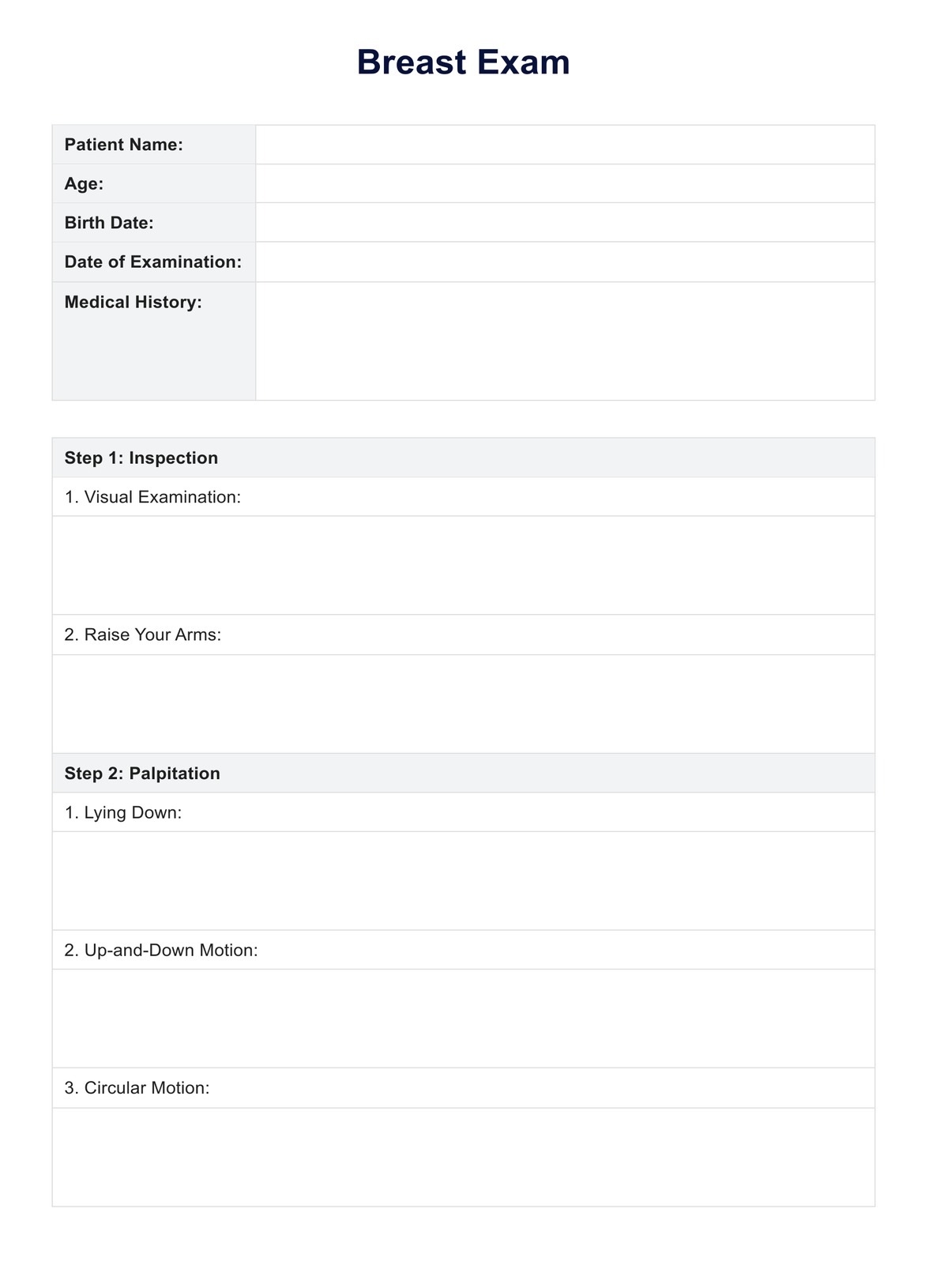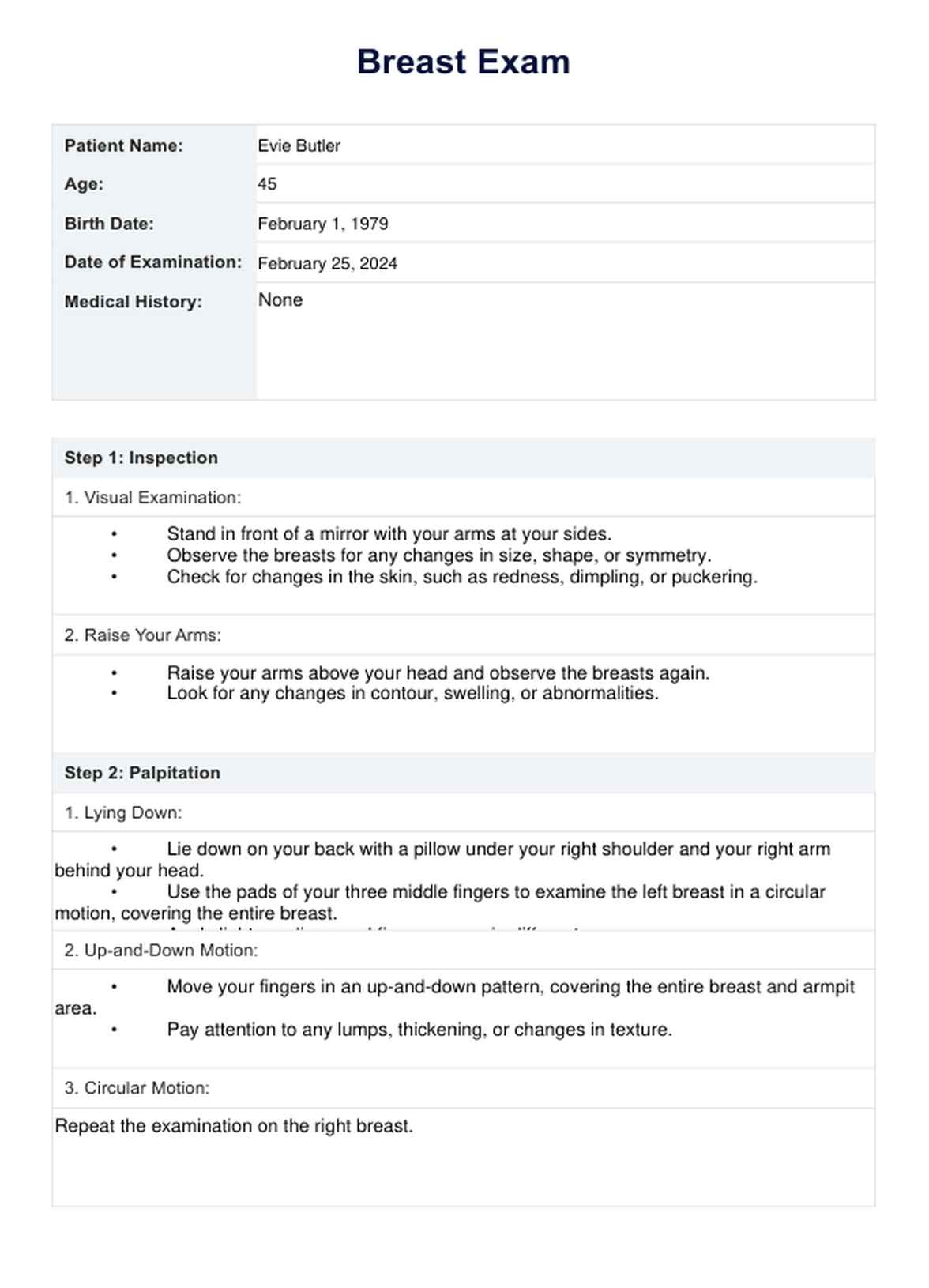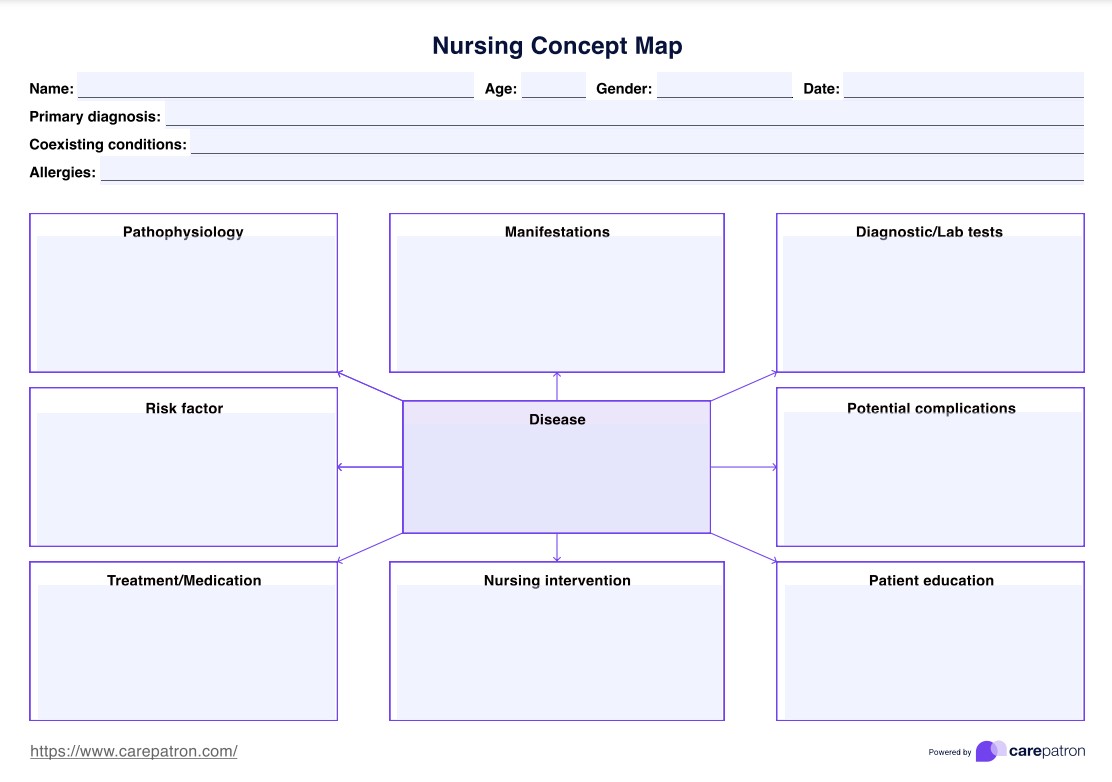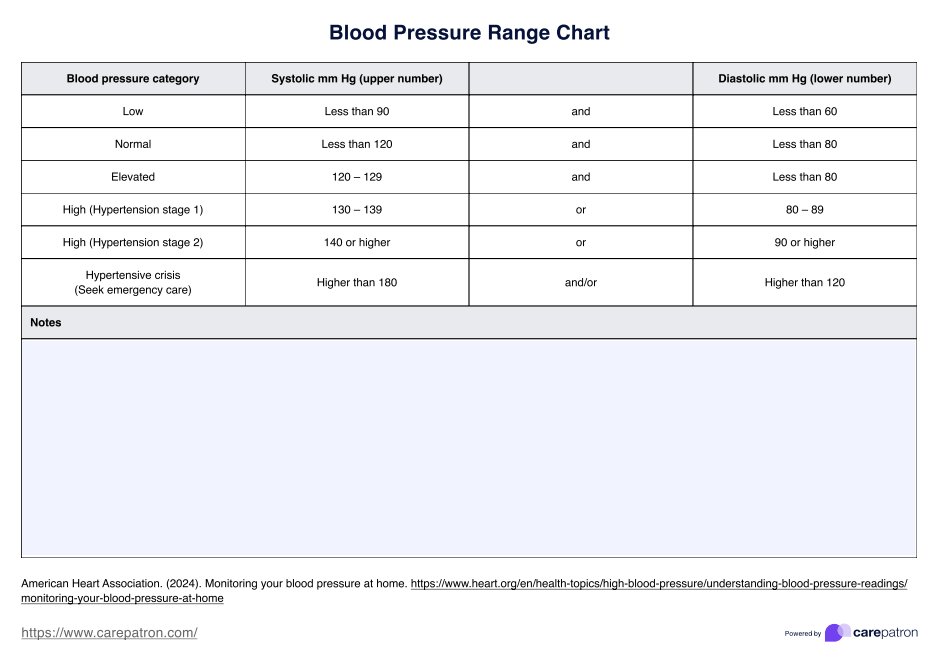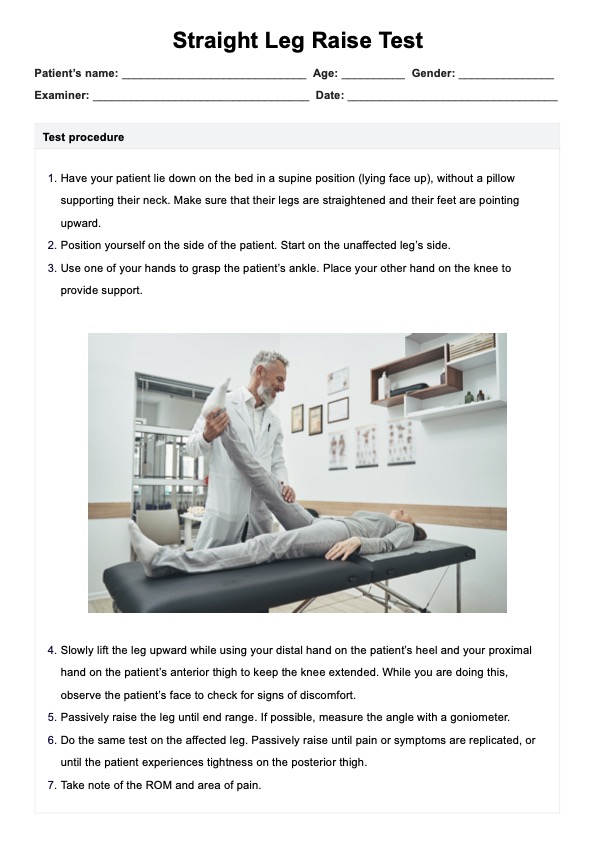Breast Exam
Use Careapatron's PDF example of a breast exam guide to help you perform a thorough breast self-examination. Download this free resource now.


What is a Breast Exam?
A breast exam is a crucial component of maintaining breast health. It plays a pivotal role in the early detection of potential issues, particularly breast cancer. This systematic evaluation of the female breast focuses on identifying abnormalities or changes in the breast tissue. There are two primary types of breast exams: self-exams and clinical exams conducted by healthcare professionals.
Regular breast exams are paramount in detecting breast cancer at its earliest stages, significantly improving the chances of successful treatment. Recognizing potential issues before they develop symptoms is critical. By incorporating both self-exams and clinical exams into your routine, breast cancer screening can help ensure early detection, leading to more treatment options and often more positive outcomes.
Breast Exam Template
Breast Exam Example
What is a Breast Self-Exam?
Building upon the importance of early detection through regular breast exams, breast self-exams (BSEs) empower individuals to take an active role in their breast health. This simple and effective technique involves regularly checking your breasts for any changes in appearance or feel, facilitating the early identification of potential abnormalities. The primary objective of a BSE is to familiarize yourself with the normal texture, size, and shape of your breasts, making it easier to detect any deviations from your unique baseline.
By performing regular BSEs and becoming familiar with your anatomy, you can be more confident in reporting any changes to your healthcare professional for further evaluation. Early detection is critical in managing breast health effectively, and BSEs are a valuable tool in your self-care routine.
How is the exam done?
Maintaining breast health involves a two-pronged approach: breast self-exams (BSE) you perform at home and clinical breast exams conducted by a healthcare professional. Here's a step-by-step guide:
1. Visual inspection (home and clinical):
- Stand in front of a mirror and observe both breasts for any changes in:
- Size, shape, or symmetry
- Skin texture or dimpling
- Nipple appearance or discharge
2. Raised arms inspection (home and clinical):
- Raise your arms overhead and repeat the visual inspection. This position helps highlight subtle changes in breast contour.
3. Breast Self-Exam (BSE):
- Using the pads of your three middle fingers, gently feel your breasts in a circular motion, covering the entire area from your collarbone to your abdomen and from your armpit to your cleavage.
- Check for lumps, thickening, or changes in texture throughout the breast tissue, including the deeper areas.
- Examine your underarm (axillary) area for abnormalities or enlarged lymph nodes.
4. Clinical breast exam:
- Visit your healthcare provider for a clinical breast exam. They will perform similar visual and manual checks as you would during a BSE but with additional techniques and experience to detect potential issues you might miss.
5. Regularity and follow-up:
- Conduct BSEs monthly, ideally a few days after your menstrual cycle, and strive for consistency in your approach.
- Schedule regular clinical breast exams as your healthcare provider recommends, often as part of your routine check-ups.
6. Breast cancer screening:
- Both BSEs and clinical exams contribute to breast cancer screening, which aims to detect potential issues early.
- While BSEs empower you to monitor your health, clinical exams provide a comprehensive evaluation, both playing crucial roles in maintaining breast health.
Remember: Early detection is critical to managing breast health effectively. You can take proactive steps toward maintaining your well-being by conducting regular BSEs and attending scheduled clinical exams.
Why are breast exams important?
Breast exams play a pivotal role in maintaining optimal breast condition and are crucial for early detection of breast cancer, one of the most prevalent and treatable forms of cancer. Regular breast exams offer several key benefits, including self-exams and clinical evaluations.
Early detection of breast cancer
The primary objective of breast exams is the early identification of potential issues, particularly breast cancer. Detecting abnormalities at an early stage significantly improves treatment outcomes and increases the chances of successful recovery. Regular self-exams and clinical evaluations enhance the likelihood of promptly identifying breast tissue spread.
Empowering through self-awareness
Monthly breast self-exams foster self-awareness and empower individuals to participate actively in their health. Familiarizing oneself with the usual look and feel of one's breasts allows for the swift recognition of any deviations. This self-awareness is a valuable tool in identifying changes that might indicate the presence of breast disease.
A proactive approach to breast condition
Conducting monthly breast self-exams establishes a proactive routine that promotes ongoing awareness and vigilance. It's an accessible and straightforward practice that can be performed at home, providing an additional layer of defense against breast cancer.
Understanding breast tissue changes
Regular self-exams contribute to understanding the normal variations in left breast tissue. It's important to note that tissue spreads into the underarm area, emphasizing the need for a comprehensive examination, including the axillary region.
Complementing clinical evaluations
While self-exams are essential, clinical breast exams by healthcare professionals are equally vital as they examine your breasts thoroughly. Combining both approaches ensures a comprehensive assessment, with professionals bringing their expertise to detect subtle changes that may be overlooked during self-exams.
Monthly breast self-exam
Monthly breast self-exams are recommended to establish a routine, ideally a few days after the menstrual cycle, when tissue tends to be less tender. Consistency in self-exams enhances the chances of detecting changes promptly.
When should a patient get a breast examination?
Understanding when to schedule a breast examination is crucial for proactive breast condition. Here are vital instances when patients should prioritize getting a breast self-exam:
1. Routine self-exams
Timing: Monthly
Why: Perform routine self-exams monthly, ideally a few days after your menstrual cycle. This consistent practice enhances self-awareness, enabling the early detection of changes in the entire breast.
2. Clinical breast exams
Timing: As recommended by your healthcare provider during routine check-ups
Why: Healthcare professionals are equipped to conduct more in-depth clinical breast examinations, evaluate breast disease, and detect subtle changes that might go unnoticed during self-exams.
3. Age-related guidelines for mammograms
Timing: As per recommended screening guidelines
Why: Screening mammograms and X-ray examinations of the breast are crucial to finding breast cancer early. Guidelines may vary, but generally, they are recommended every 1-2 years for women aged 40 and older.
4. Post-menopausal women
Timing: Regularly, based on healthcare provider recommendations
Why: After menopause, the risk of breast cancer increases. A regular breast self-exam, including clinical evaluations and mammograms, becomes even more vital.
5. High-risk individuals
Timing: As per the healthcare provider's advice
Why: Individuals with a family history of breast cancer or specific risk factors may need more frequent and specialized screening tests. Consult with a healthcare professional to determine an appropriate screening schedule.
6. Following breast health changes
Timing: Promptly after noticing changes
Why: If you notice any changes in your breasts, such as lumps, skin changes, or nipple discharge, seek a breast examination promptly. Early evaluation is crucial in finding breast cancer at an earlier, more treatable stage.
7. Post-surgery or breast treatment
Timing: As per healthcare provider recommendations
Why: Individuals who have undergone breast surgery or treatment should follow their healthcare provider's advice regarding the frequency and type of breast examinations needed for ongoing monitoring.
Further Testing
After a breast examination, further testing may be recommended based on the findings or individual risk factors. Understanding these additional testing options is essential for comprehensive breast condition. Here are some possibilities:
Diagnostic mammography
Diagnostic mammography is a more detailed X-ray of the breast. It may be recommended if abnormal findings in a routine mammogram or specific concerns are identified during a clinical breast self-exam.
Breast ultrasound
Ultrasound uses sound waves to create detailed images of the breast tissue. It is often employed as a supplementary test to evaluate abnormalities detected during a mammogram or clinical breast exam. Breast ultrasound is particularly useful in distinguishing between solid masses and fluid-filled cysts.
Breast MRI (Magnetic Resonance Imaging)
Breast MRI provides highly detailed images of the breast using powerful magnets and radio waves. It is typically recommended for high-risk individuals or further clarification after mammography or ultrasound. Breast MRI can be valuable in assessing the extent of breast cancer and identifying multiple areas of concern.
Biopsy
A biopsy involves the removal of a small tissue sample from the breast for examination under a microscope. This is the definitive method to determine whether a suspicious lump or abnormality is cancerous. There are different types of biopsies, including core needle biopsy and surgical biopsy.
Genetic testing
Genetic testing may be recommended for individuals with a family history of breast cancer or specific risk factors. It assesses the presence of certain gene mutations, such as BRCA1 and BRCA2, associated with an increased risk of breast cancer.
Ductogram
A pictogram is a specialized X-ray of the milk ducts in the breast. It may be used to investigate persistent nipple discharge or other abnormalities related to the ductal system.
Fine needle aspiration (FNA)
Fine Needle Aspiration is a minimally invasive procedure where a thin, hollow needle is used to extract cells from a suspicious lump for microscopic examination. It's often used to evaluate cysts or solid masses.
CT scans or PET scans
In some instances, additional imaging tests such as CT scans or PET scans may be recommended to assess the extent of breast cancer or breast diseases as it might spread to other parts of the body.
Commonly asked questions
The 5 P's of breast exams include position, palpation, pattern, pressure, and perimeter.
The correct way to examine breasts involves a systematic approach, including visual inspection, raised arms assessment, and manual palpation in circular motions, covering the entire breast and underarm areas.
To examine a patient's breast, use a combination of visual inspection, raised arms examination, and manual palpation. Follow a consistent pattern, adjusting pressure as needed, and thoroughly assess the entire breast and underarm region.


